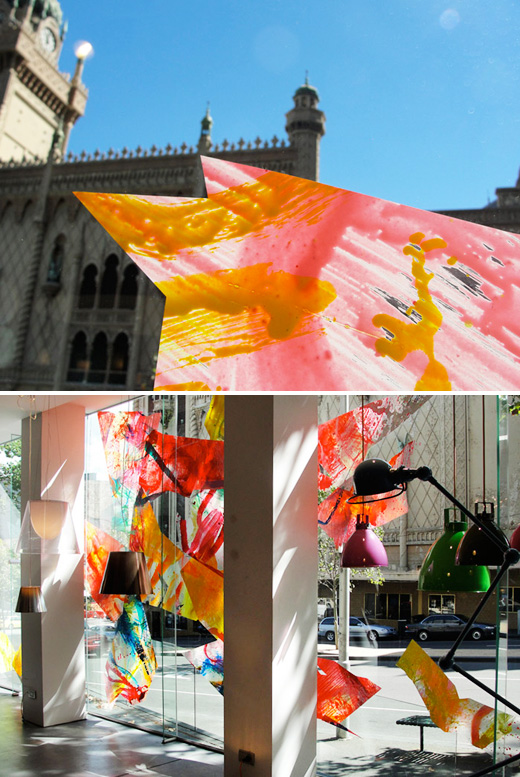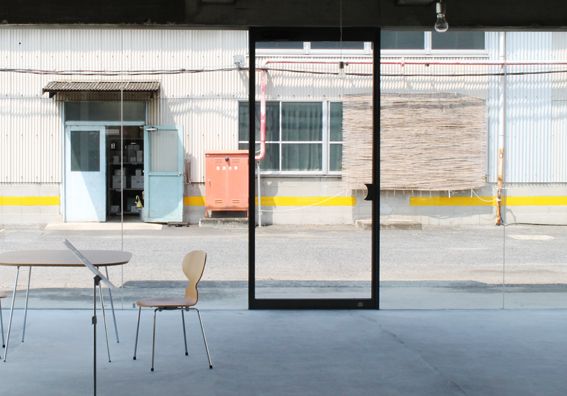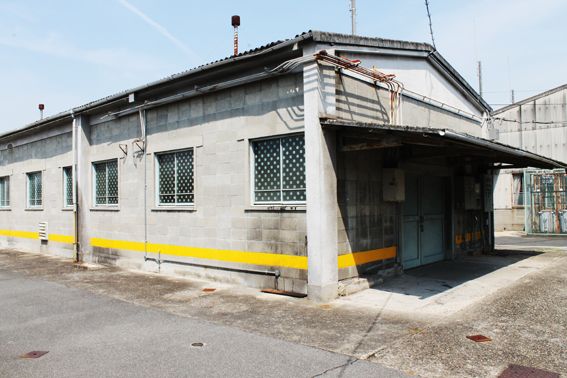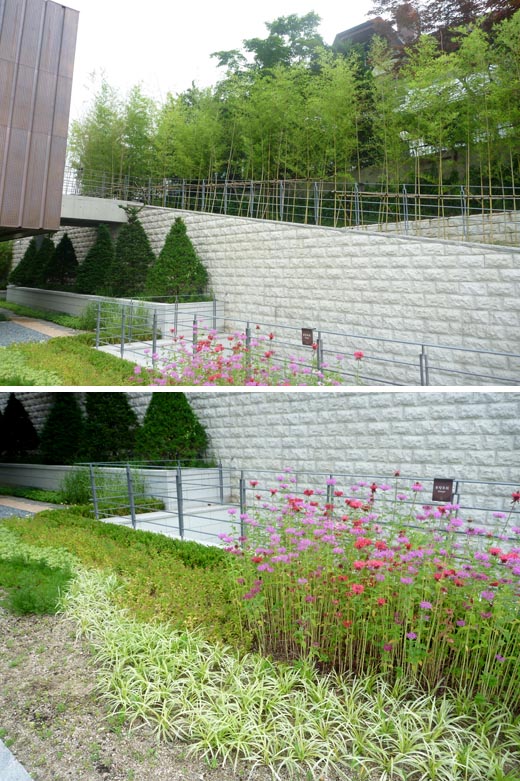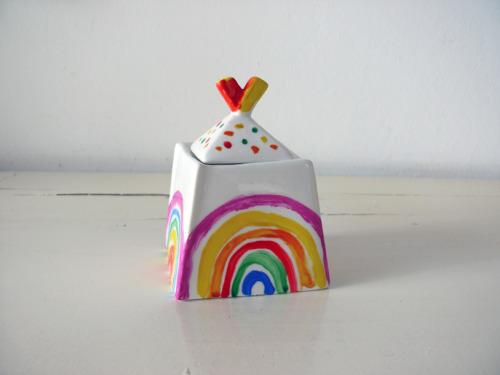i was at the nla in canberra last weekend,
and saw this rather lovely brett whiteley,
hmm, very matisse i thought (no prizes for that)
according to the nla website,
Interior with time past is a bold, vibrant expression of Whiteley’s life. Against a lush orange background, he conjured up his studio at Lavender Bay, with its vast expansive view across Sydney Harbour. Into this space he scattered images of his own paintings and sculptures, and in the foreground he placed a still life with cherries, avocados and a vase of flowers. From the copulating couple in the drawing on the easel to the sparkling harbour view, to the cigarettes and smoke, he evoked his own seductive, sensuous life. He conveyed a taste of high summer, luxurious Sydney, the Pacific eden.
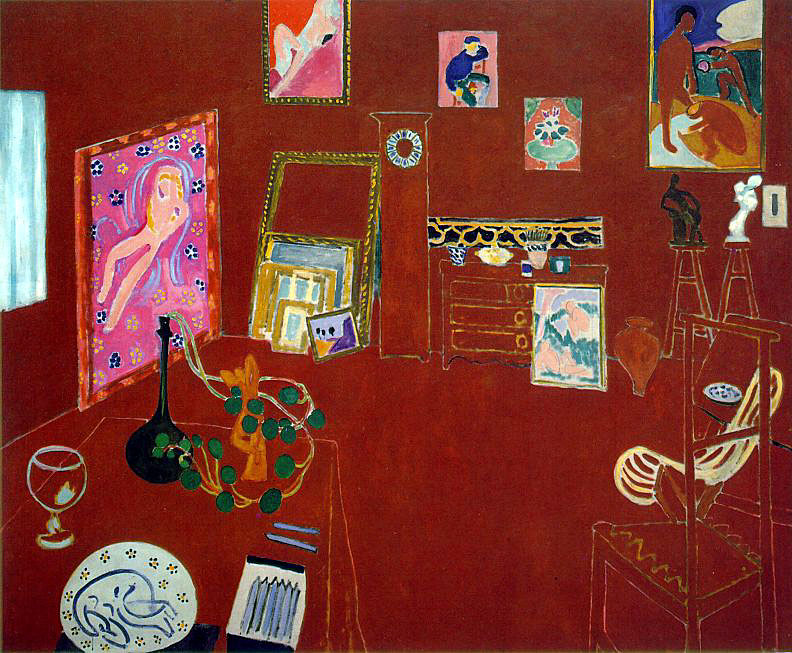 |
The Red Studio
Henri Matisse (French, 1869–1954)
Issy-les-Moulineaux, fall 1911. Oil on canvas, 71 1/4" x 7' 2 1/4" (181 x 219.1 cm). Mrs. Simon Guggenheim Fund. © 2012
|
From the MoMA site,
"Where I got the color red—to be sure, I just don't know," Matisse once remarked. "I find that all these things . . . only become what they are to me when I see them together with the color red." This painting features a small retrospective of Matisse's recent painting, sculpture, and ceramics, displayed in his studio. The artworks appear in color and in detail, while the room's architecture and furnishings are indicated only by negative gaps in the red surface. The composition's central axis is a grandfather clock without hands—it is as if, in the oasis of the artist's studio, time were suspended.
in situ at MoMA,
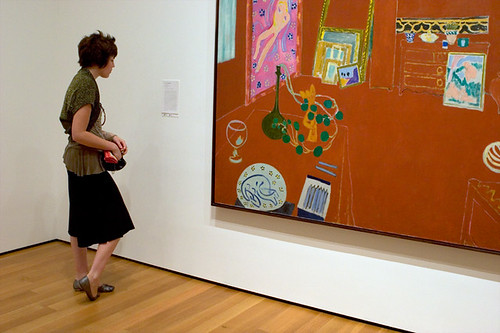
also from MoMA,
The Museum of Modern Art , MoMA Highlights, New York: The Museum of Modern Art, revised 2004, originally published 1999, p. 77
"Modern art," said Matisse, "spreads joy around it by its color, which calms us." In this radiant painting he saturates a room—his own studio—with red. Art and decorative objects are painted solidly, but furniture and architecture are linear diagrams, silhouetted by "gaps" in the red surface. These gaps reveal earlier layers of yellow and blue paint beneath the red; Matisse changed the colors until they felt right to him. (The studio was actually white.)
The studio is an important place for any artist, and this one Matisse had built for himself, encouraged by new patronage in 1909. He shows in it a carefully arranged exhibition of his own works. Angled lines suggest depth, and the blue-green light of the window intensifies the sense of interior space, but the expanse of red flattens the image. Matisse heightens this effect by, for example, omitting the vertical line of the corner of the room.
The entire composition is clustered around the enigmatic axis of the grandfather clock, a flat rectangle whose face has no hands. Time is suspended in this magical space. On the foreground table, an open box of crayons, perhaps a symbolic stand-in for the artist, invites us into the room. But the studio itself, defined by ethereal lines and subtle spatial discontinuities, remains Matisse's private universe.

